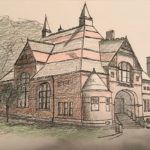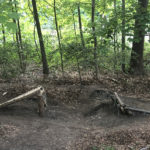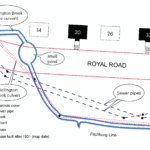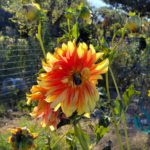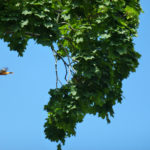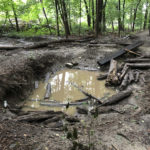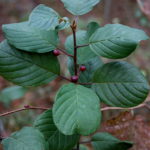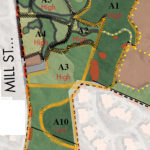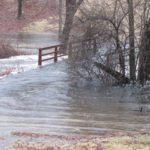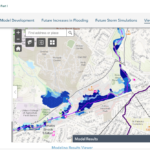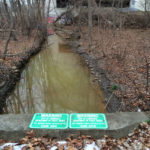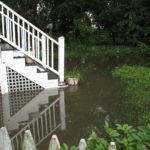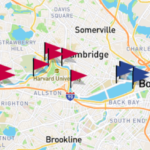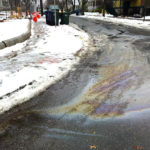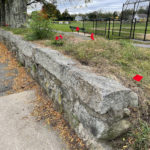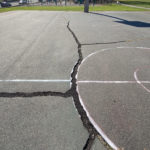
By Juliet Jenkins The Belmont Community Preservation Committee (CPC) voted to recommend funding seven projects totaling $2,058,554 for FY 2023, to be voted on at the annual Town Meeting, through the Community Preservation Act (CPA) current funding round. Following the CPC’s public hearing and vote on December 8, 2021, the proposed projects were filed with the Belmont Town Clerk and set for voting by Town Meeting in May 2022. Projects supported with CPA funding must create or preserve affordable housing, historic resources, open space, or recreational facilities. All CPA proposals are developed and created by Belmontonians, and each project directly [READ MORE]


